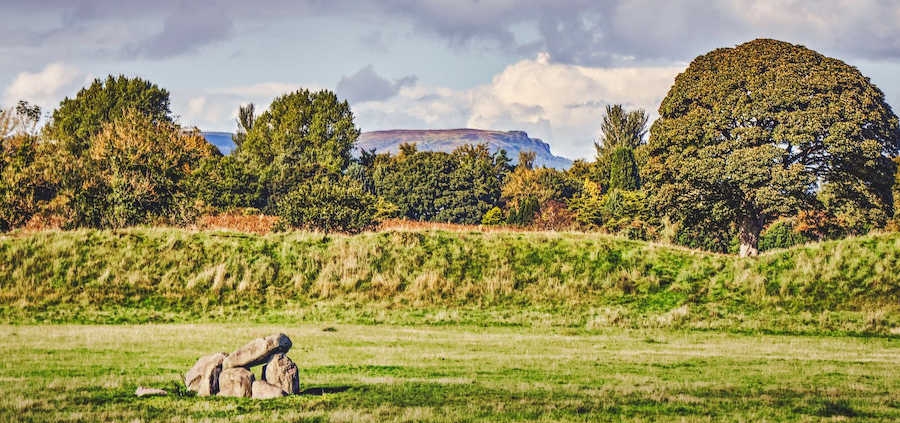The Meaning of Sacrifice by Ray Temmerman
Earlier this month, on November 11, our thoughts went out to the many people who have given their lives for the wellbeing of our respective countries and fellow citizens. They have, we say, sacrificed their lives for us, and we applaud them for their virtue, their willingness to give up all so that we might live.
Undoubtedly, we heard sermons about sacrifice, reminders to us all. Perhaps one sermon was focused on the widow’s mite, those few coins which the widow gave at the temple, that tiny sum being all she possessed. All of this is good, and true.
There is a story told about a Catholic-United Church dialogue that took place some years ago. The issue of sacrifice came up. One of the United Church folks said they no longer spoke of sacrifice, as it had too negative a connotation. Instead, they focused on self-giving. The sense, from the Catholic perspective, was that the idea of self-giving was inadequate; that it was perhaps a postmodern development in understanding which carried with it a sense of loss of the value of the word sacrifice.
Either of those parties may be right. But what if there’s more to it than that? What if our understanding of the word sacrifice is also a linguistic development, much like that of “self-giving”? What if both of them fall short in some way?
The late theologian Joseph Martos reminds us that the word sacrifice comes from two Latin words, sacrum (“sacred” or “holy”) and facere (“to make”). Combined, they indicate making something or someone holy. That puts a whole different meaning on the word sacrifice.
It may well be that, to make something holy or sacred, we need to be willing to give of what we possess, give of ourselves, even to the point of giving our very lives. But it is the making holy that is the end for which we strive, and what we need to focus on, not the giving of our possession or ourselves or our lives. Those are means that may be used in making something holy, not ends in themselves.
It’s worth noting that in the sacred liturgy, we say, “Make holy, therefore, these gifts, we pray, by sending down your Spirit upon them . . . so that they may become for us Body and Blood of Lord Jesus Christ.” The focus here is on making the gifts holy, not on the “sacrifice” of Christ—though his complete self-giving, including to death itself, was something very real.
Similarly, in the Lord’s Prayer, we repeat “hallowed be your name.” To hallow is to make holy or sacred, to sanctify. We seek to make God’s name holy, sacred. We may do this by giving up this or that, even by giving our lives in martyrdom. But the giving up, even to the point of martyrdom, is not the key element. Such giving up, even such martyrdom, is the means; the making holy, or sacred, or sanctified is the end for which we strive.
We might do well to consider that as we reflect on the meaning of November 11, the day we remember the end of World War I. In what way(s) did the people who gave their time, their knowledge, their energies, even their lives, contribute to making this world more holy, more sacred, so that we could live in holiness and peace?
We might also give a thought to what we call our defense departments, and the people who give their lives in service within them. To what extent do these departments, these people (be they on land, sea, or in the air) serve to make this world, the lives of its people, holy?
We say they are prepared to sacrifice all. But is that true? Are they prepared to work to make holy or sacred this world in which we live and of which we are part? Or are they prepared to fight and even die only to protect our hegemony?
And what of us? Are we calling them to the work of making holy? Or are we calling them to defend our interests and assets against those we believe are trying to strip us of them?
Wherever we live in the world, our answer should help us determine the direction and level of our funding for this department, these people.
Ray Temmerman (Catholic) and his wife Fenella (Anglican) are actively involved in the Interchurch Families International Network (IFIN), and worshipping together as much as possible in both their churches. Ray also administers the IFIN website, available here.





Leave a Reply
Want to join the discussion?Feel free to contribute!